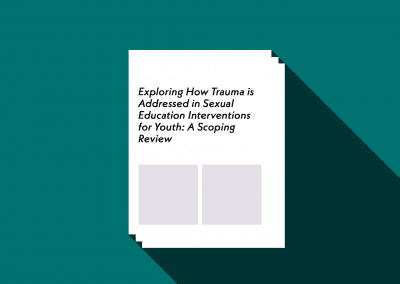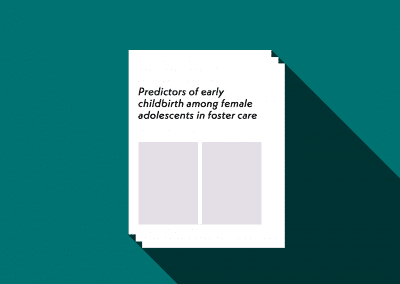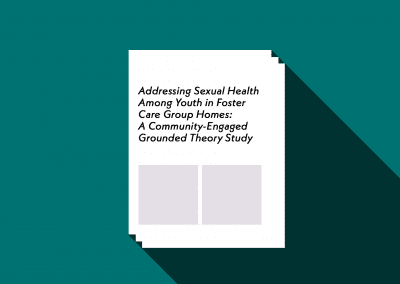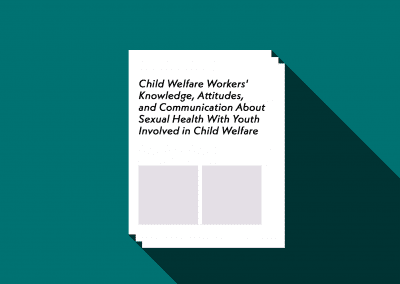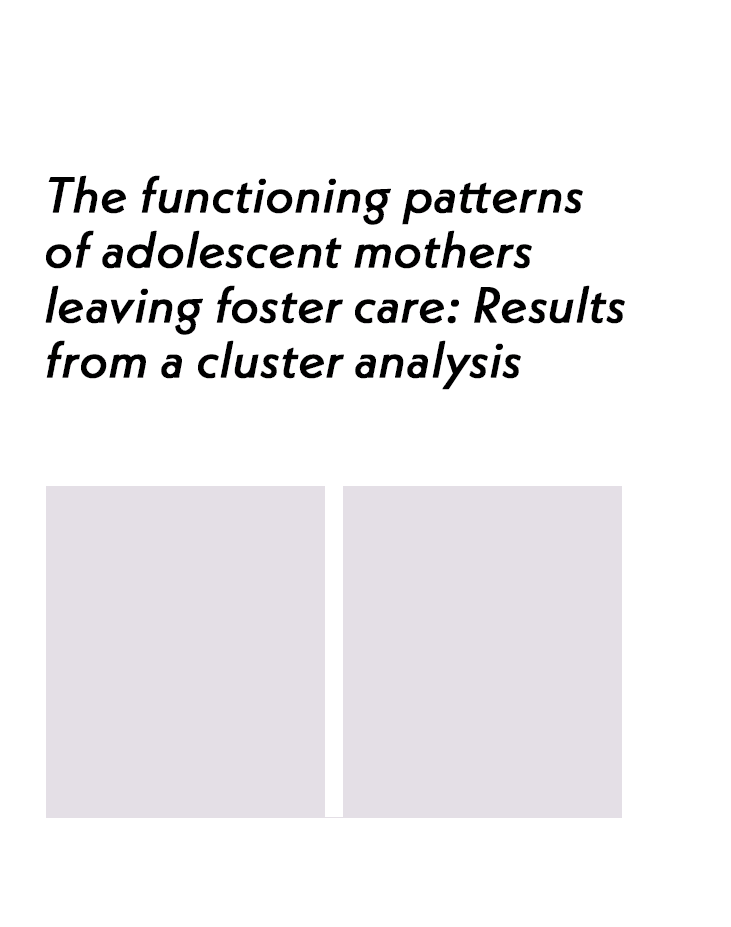
ReSHAPING
The functioning patterns of adolescent mothers leaving foster care: Results from a cluster analysis
Child and Family Social Work, 2020
Svetlana Shpiegel, Elizabeth M. Aparicio, Bryn King, Dana Prince, Jason Lynch, Claudette L. Grinnell‐Davis
Suggested Citation
Spiegel, S., Aparicio, E., King, B., Prince, D., Lynch, J., & Grinnel-Davis, C. (2020). The functioning patterns of adolescent mothers leaving foster care: Results from a cluster analysis. Child and Family Social Work, 25(2), 478-478. https://doi.org/10.1111/cfs.12704
Abstract
Findings revealed five subpopulations characterized by distinct constellations of outcomes at age 19. The largest group (43%) exhibited competent functioning across all the domains studied—its members were connected to school and/or employment and did not experience homelessness, substance abuse referrals, or incarceration during the past 2 years (i.e., “resilient”). A relatively small group (12%) exhibited challenges across all the above‐referenced domains, whereas the remaining groups presented challenges in some domains, but not in others. Follow‐up analyses revealed that adolescent mothers classified as resilient at age 19 had the lowest rates of congregate care placements and the highest rates of nonrelative foster care placements at age 17. Moreover, they had lower placement instability and higher rates of extended foster care as compared with members of the other clusters. Implications for practice, policy, and research are discussed.

